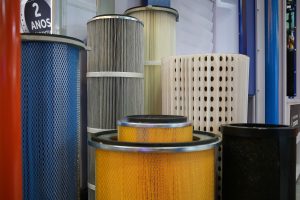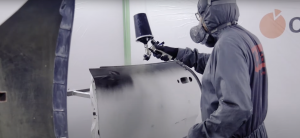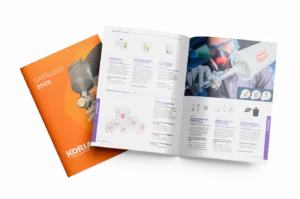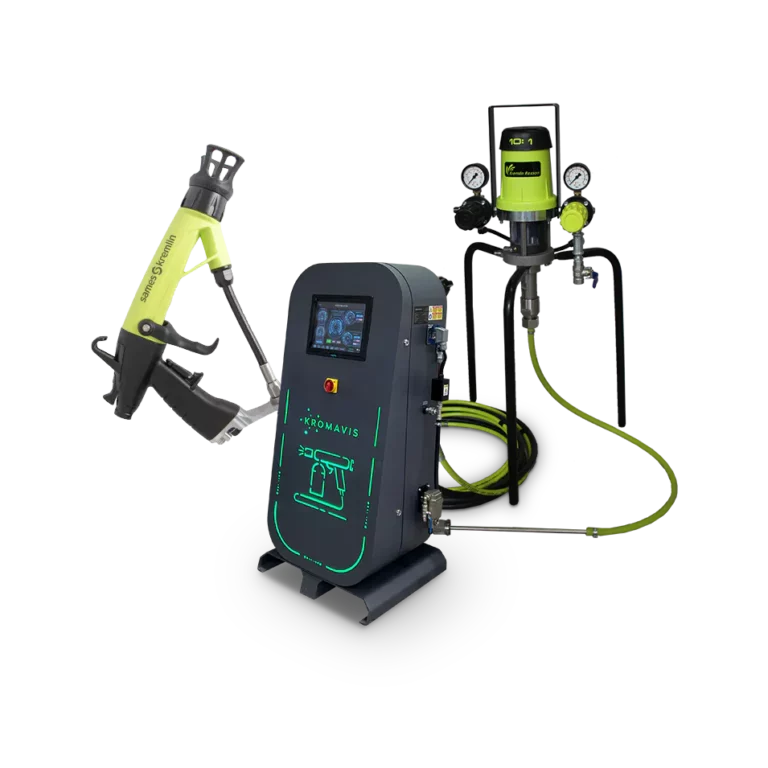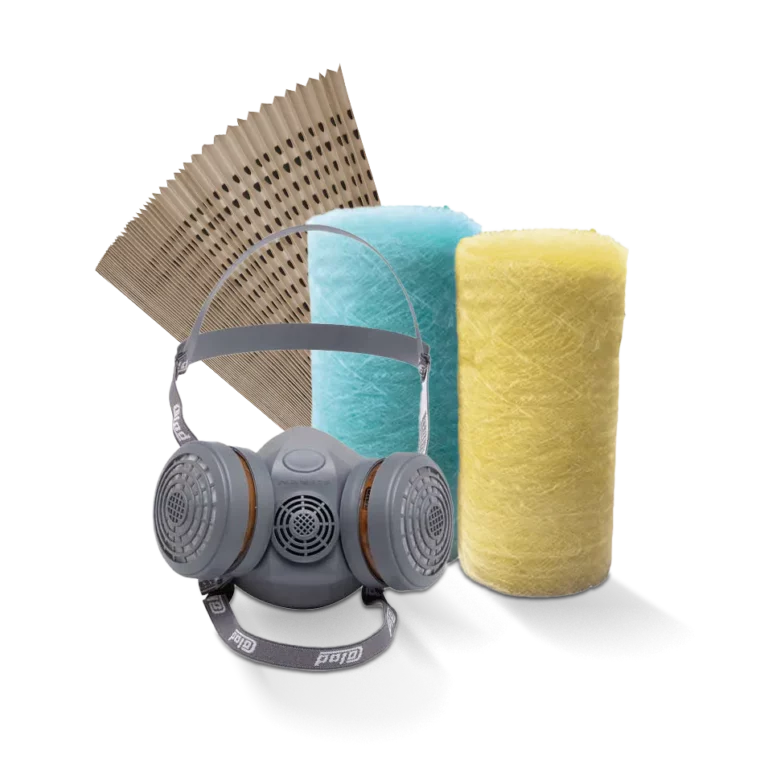PU paint is one of the most widely used paints in various sectors of the economy, especially in industrial and automotive painting. This is because this type of paint provides an excellent finish and, when used correctly, also provides strength and durability, offering excellent value for money.
However, this can only be done correctly with the correct dilution. This process is essential to ensure the paint has the ideal ratio of paint and catalyst, thus maximizing the properties of this material.
Next, we will define what PU paint is, the correct way to dilute it, and the importance of this process being done correctly.
What is PU paint?

Better known as PU paint – it can also be called polyurethane paint – it is a polymeric coating based on polyurethane, that is, it is a paint that, through a chemical reaction, produces a resistant and durable coating.
To the PU paints are recognized for their chemical and abrasion resistance properties. They are durable and flexible, often used in industrial coatings to protect against wear, corrosion, and other damage. Additionally, PU paints are widely used in other sectors, especially automotive painting.
The dilution of the polyurethane (PU) paint It's made with specific solvents to ensure proper application. Let's learn more about how to dilute it correctly.
How to dilute polyurethane (PU) paint

Before thinning the paint, consult the manufacturer's instructions. These instructions may include specific recommendations on the type of solvent to use, the dilution ratio, and other important considerations. Consult the instructions on the PU paint can for the recommended dilution ratio. This information is usually available on the product packaging. It's also important to emphasize the importance of choosing high-quality brands to ensure the desired durability and resistance.
The dilution ratio may vary based on the type of PU paint and the manufacturer's instructions. Some paints can be diluted at a fixed ratio, while others may allow for some variation. Another important point is choosing the ideal paint viscosity for each job. Again, consult the manufacturer's instructions for these details, as they will ensure a uniform, high-quality finish.
Proper catalysis is essential. Paint catalysis is the chemical process in which a catalyst is added to the paint to initiate a reaction that leads to its curing or hardening. In other words, catalysis is the controlled activation of a component in the paint that initiates polymerization and crosslinking, leading to the formation of a solid, durable film.
It is recommended to use a graduated mixing cup to ensure accurate proportions. If the manufacturer suggests a 3:1:1 dilution, you should follow these steps in graduated mixing cup: First, fill the desired amount of paint up to one of the indicated numbers. Then, add the thinner to the same number, but this time in the second graduation column. Repeat this process in the third column, if necessary.
Reasons for correct dilution

Properly diluting polyurethane (PU) paint is crucial for several reasons, and its importance is related to the final application performance. Proper dilution helps achieve the desired consistency when applying the paint. This is important to ensure even coverage and avoid issues such as streaks, runs, or bubbles on the painted surface.
Furthermore, proper dilution influences the paint's adhesion to the surface. Inadequate dilution can result in poor adhesion and, consequently, premature peeling.
Another very important reason for correct dilution is drying time. If the paint is diluted incorrectly, it can lengthen or shorten drying time, which can negatively impact the final result.
And finally, the correct dilution of PU paint It helps preserve the paint's important characteristics, such as chemical resistance, scratch resistance, durability, and more. Furthermore, diluting the paint improperly can result in wasted material, as you end up using more paint than necessary to cover a given area.
Therefore, it is important to follow the manufacturer's guidelines for correct dilution and ensure a high-quality application.
Did you like this post? Share it with your friends or on social media. For more tips on painting and its equipment, visit our blog with exclusive content.

